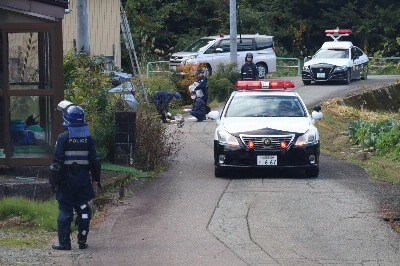The Land, Infrastructure and Transport Ministry has kicked off studies for new city-planning guidelines that will incorporate new factors such as resident satisfaction, ministry officials said Wednesday.
The effort to introduce new criteria is an attempt to foster community-building and take advantage of each city's unique characteristics. The ministry will pay attention to such factors as the number of foreign visitors, international airports, shrines, temples and castles in a city in order to better stress its features, they said.
The ministry will spend two years preparing city-planning guidelines by comparing several cities in Japan and drawing on the urban-development plans of cities in the United States and Europe, they said.
"All cities should not attempt to become Tokyo or New York. They should aim for development by capitalizing on their strengths," a ministry official said. "We want to create international guidelines for such unique urban planning and compare the achievement levels of Japanese cities with those of cities abroad."
Existing guidelines, which emphasize infrastructure establishment, do not often present clear-cut city-development models, officials said.
While infrastructure will remain a focal point, the ministry will include residents' goals in achieving an ideal community, including scenic attractions, livability, availability of leisure activities and facilities beneficial to young families.
The ministry will also include the income brackets of residents, the number of children and level of citizens' participation in community events. It will also take into account crime rates to indicate cities' levels of public security along with the number of hospitals and education facilities, and the occupancy rates of those buildings.
The degree of conservation of historical buildings and the amount of open space available to the public might also be raised as factors, the officials said.

















With your current subscription plan you can comment on stories. However, before writing your first comment, please create a display name in the Profile section of your subscriber account page.